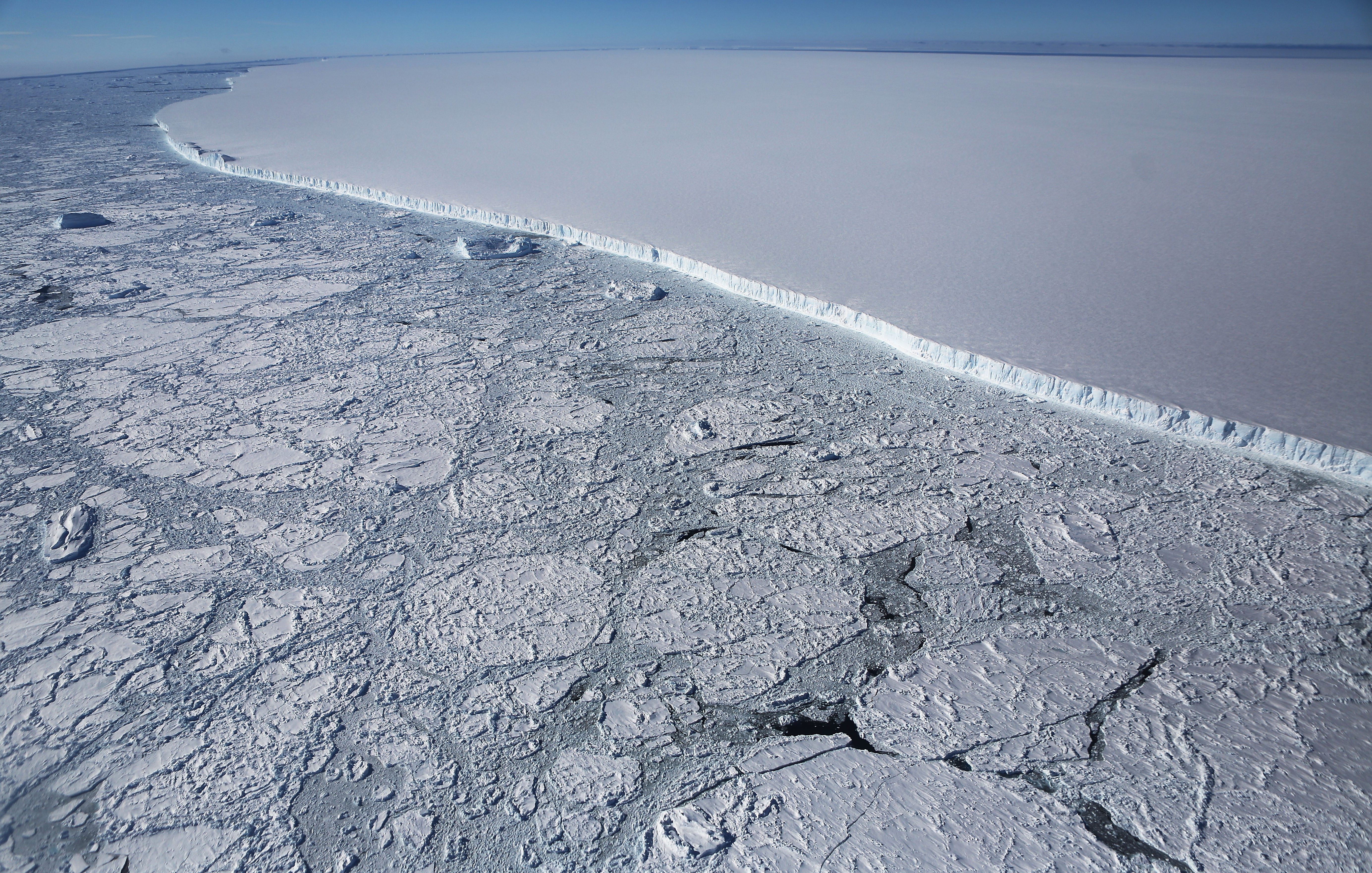Antarctica is on the front line of climate change.
Record-breaking temperatures were recorded on the continent on Thursday by Argentinian research scientists.
A temperature of 18.3C was recorded at the Esperanza research base on the northernmost tip of Antarctica, beating the previous record of 17.5C set in March 2015.
It’s the latest evidence from scientists that the Antarctic is bearing the brunt of climate change. Scientists believe parts of the continent are warming three times faster than the rest of the world, driven both by warming air temperatures and warmer oceans, which are heating up glaciers from below.
“The records go back to the early 1950s in that [Antarctic] region,” Professor John King, a scientists from the British Antarctic Survey, told i. “And over that period of time, at the most rapidly warming stations, there’s been an increase of 3C in average temperature.”
It’s a similar story in the Arctic, the Northern pole, which is also seeing its ice sheets rapidly melting.
Floating ice sheets

But scientists studying the impacts of climate change are arguably more worried about what happens when the Antarctic melts.
Read more:
That’s because unlike the Arctic, which is mainly made up of ice sheets floating on the sea, the Antarctic is a vast land mass covered by ice formed after snowfall. When sea ice melts it doesn’t cause sea level rise. But when ice on the land melts, it runs into the sea and causes levels to rise.
“If any ice which is sitting on land melts then water has to go somewhere, and it goes to the oceans and sea levels rise,” Professor King said. “If you melt sea ice then that doesn’t change sea levels because it’s already floating on the ocean.”
Antarctica is home to vast stores of ice across its land mass which scientists believe will drive a surge in sea levels when they melt.
Current estimates suggest sea levels could rise by at least a foot by the end of the century, although there is a high degree of uncertainty over how fast glaciers could collapse, leaving some to fear the levels could rise higher still. But when Antarctica melts, sea level rises could surge, perhaps by 10 metres or more.
In particular the West Antarctic ice sheet is already showing signs of instability. That ice sheet, to the south of the Esperanza research station, could contribute to a five metre rise in sea level rises if it melts. Scientists are locked in a fierce debate about when this type of melt could happen, with the soonest estimates between 500 and 1,000 years.
“We are seeing really quite big changes to the ice sheet in that region,” Professor King confirmed. “The ice in that part of the Antarctic is shrinking rapidly.”
But even a small sea level rise could throw coastal communities into chaos. Less than a metre of sea level rise could threaten low-lying islands and atolls, and with just one metre of sea level rise Venice would be submerged.

